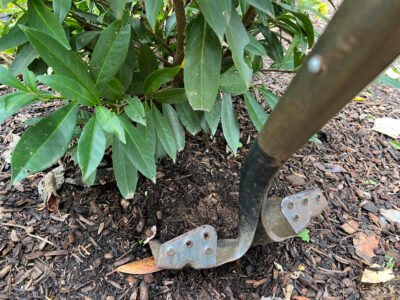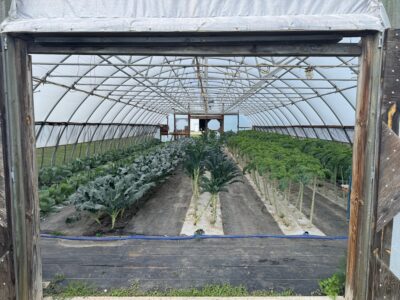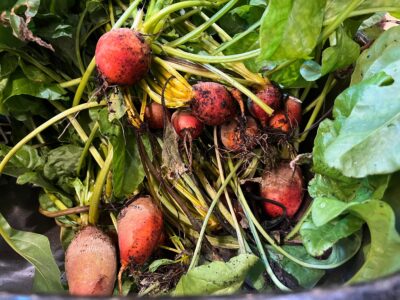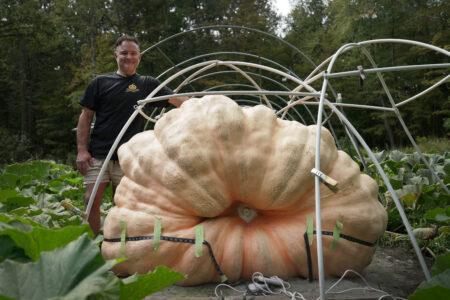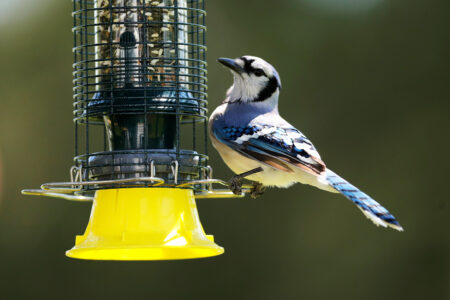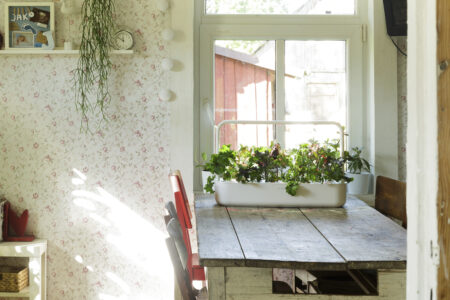A Daffodil dilemma
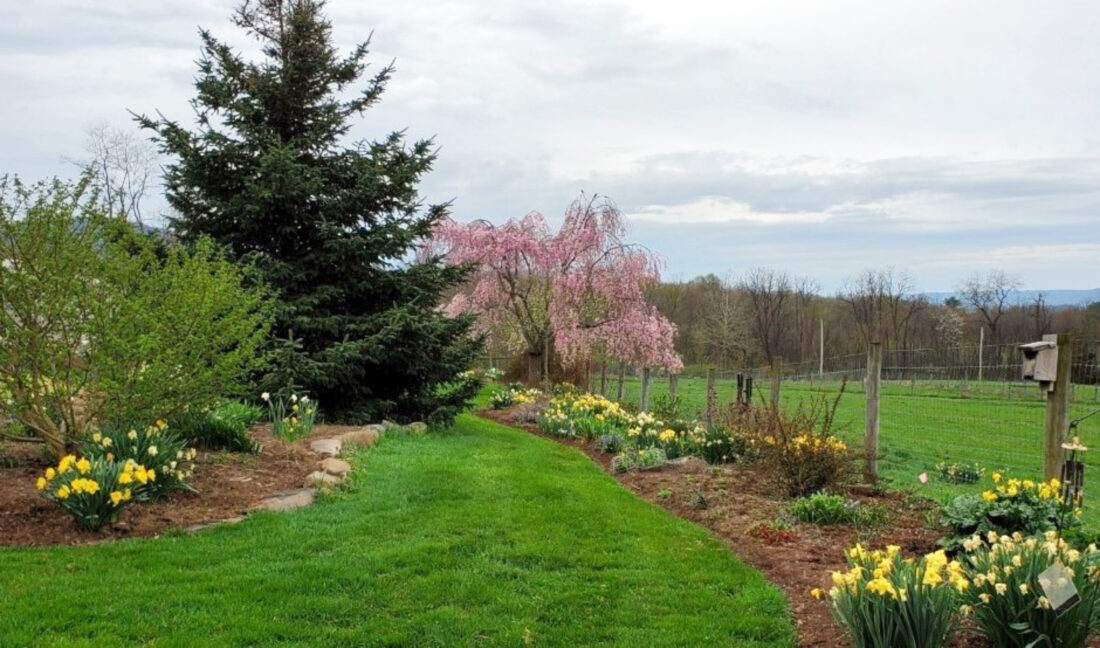
DEBRA BURROWS Spring flowering daffodils in these beds in Clinton County will soon give way to summer and fall blooming herbaceous perennials.
Daffodils (Narcissus, spp.) are welcome signs of spring in central Pennsylvania and for good reason. Seen from a distance, these flowering bulbs can transform a gray winter landscape into a sea of color, just when we need it most.
A closer look reveals a variety of daffodil forms, colors, and sizes. In fact, the American Daffodil Society (ADS) lists 13 divisions of daffodils. They focus on characteristics such as the shape and color of the perianth (outer petals) and corona (the inner cup shaped portion of the flower), the number of flowers per stem, single or double flowers, fragrance, size, color, etc. While yellow and white seem to be the most familiar colors for daffodils, flower parts can also be pink, green, red, and orange.
Daffodils are easy to grow, have few pests and diseases, and are avoided by deer and other critters. If planted in a location with well-drained soil that receives sufficient sunlight, they often return and multiply year after year. It’s not uncommon for daffodil bulbs to last for decades. Their bloom times range from early to late spring, depending upon the variety. Bloom period can last for a few days to more than a week, with flowers fading faster when the weather is unseasonably warm. Through careful planning and selection of varieties, it’s possible to have a succession of daffodils in constant bloom for up to six weeks.
Given the ease of growing daffodils, the availability of so many beautiful varieties, and the joy they bring after a long winter, it’s easy to see why many gardeners, myself included, are eager to add daffodils to our landscapes. In my case, maybe a little too eager.
My husband and I began planting daffodils when we moved to our property in 1986. Each year, we added one or two new varieties. I especially liked those with pink coronas as well as selections with multiple flowers per stem. One of my favorites is a late blooming double daffodil named “Sir Winston Churchill” which is fragrant and produces several ivory flowers on each stem. Another favorite is “Tete-a-Tete,” an early blooming bright yellow miniature daffodil that works very well in rock gardens. We also added tulips, hyacinths, and other spring flowering bulbs to expand our color palette.
The daffodils we planted thrived and multiplied. When the clumps became overcrowded, we dug them up and moved some of the bulbs to new locations. With several acres available, we just kept adding bulbs wherever we had space. When spring rolled around each year, they did not disappoint. We were literally surrounded by beautiful blooms from late March through early May and we loved it.
As the years passed, we ran out of spaces to plant extra bulbs from the clumps we divided so we began giving bulbs to friends and family. I also shared hundreds of bulbs with my fellow Master Gardeners.
We eventually realized that the daffodils were taking over our gardens, to the point where very little space was available for summer and fall-blooming perennials. When the daffodils finished flowering, we were left with plenty of foliage and no room for anything else. As many gardeners know, daffodil leaves need to remain in place to feed the bulbs so they will be able to produce flowers again next year. Sometimes those leaves can be unsightly.
Although we loved the beautiful show the daffodils put on in spring, we also wanted to have a profusion of flowers blooming throughout the summer and fall. We were faced with a daffodil dilemma.
After much consideration, we decided on a compromise. The daffodils would have to share the space. We took stock of the beds, decided which daffodil clumps had to go, then dug them up and gave the bulbs away. We also stopped adding new varieties. With some space available, we redesigned the beds to allow for the addition of summer and fall blooming herbaceous perennials which are plants with foliage that dies back at the end of the growing season and then send up new growth the following year.
Because herbaceous perennials begin their seasonal growth later than daffodils, we planted them in front of the daffodil clumps knowing they would not block the view of the blooming daffodils but would gradually increase in height to partially conceal the daffodil foliage. This allowed the foliage to remain undisturbed. As the daffodil foliage died back, the perennials filled the space and eventually came into bloom. We were happy with the initial results and continued to remove or relocate daffodil clumps and add perennials in subsequent years. It took about three years, but we finally achieved our goal of having three seasons of bloom. The only problem is, not only do the bulbs keep multiplying, the perennials multiply and re-seed as well. I think we need a few more acres!
Additional information about daffodils is available from the American Daffodil Society at https://daffodilusa.org/ .
— — — —
Debra C. Burrows, PhD is a retired Penn State Extension Educator and a certified Master Gardener. She can be reached at dcb3@psu.edu.

